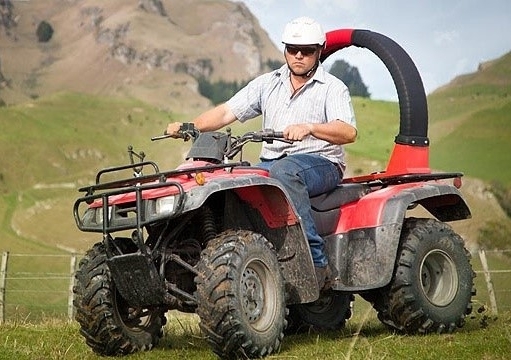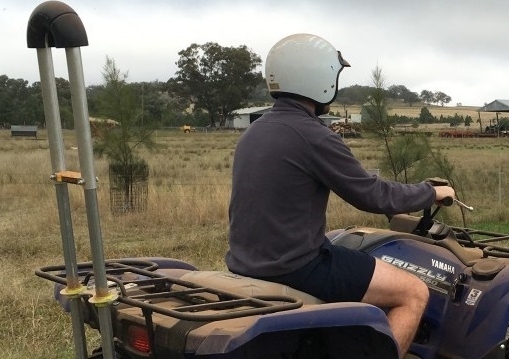Workplace survey of Quad bike use highlights rollover risks
A UNSW study of quad bike safety has found that one in two riders has crashed and about two-thirds of crashes involved rollovers, putting riders at risk of serious chest injury and asphyxiation.



